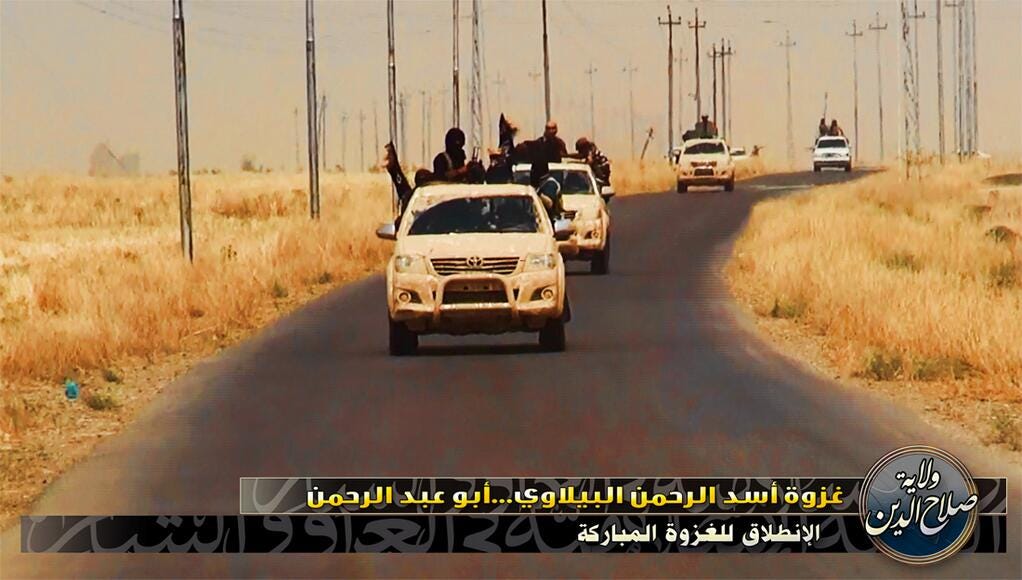Published: June 17, 2014
Jairam Ramesh
During the Climate Change Conference in 2009, the Obama-BASIC meeting was a watershed, saving Copenhagen from a complete collapse and also marking the emergence of the BASIC quartet as a major force in international climate policy diplomacy
Hillary Clinton’s recent memoirs reveal how during the fortnight-long Copenhagen Climate Change Conference, on December 18, 2009, United States President Barack Obama and she barged into a room in which President Lula of Brazil, President Zuma of South Africa, Prime Minister Wen Jiabao of China and Dr. Manmohan Singh were meeting along with their respective delegations and started tough negotiations.
The much-touted Copenhagen Conference was heading nowhere. Presidents and Prime Ministers from across the world had been unable to agree to a global agreement to combat climate change. Finally, it was the Chinese Premier who convened a meeting of the BASIC group comprising Brazil, South Africa, India and China. The quartet’s ministers had been working closely together both in the run-up to and at Copenhagen itself.Holding up an outcome
The two Presidents and two Prime Ministers started their confabulations at around 6p.m. All four had immediately agreed that the BASIC group should not be seen to have been responsible for the failure at Copenhagen. Just about 15 minutes into the meeting, President Obama, accompanied by Secretary Clinton and a large retinue of officials, walked into the room unannounced saying that he was actually looking for Premier Wen and then adding that he was lucky not only to have found him but also find him in the company of his BASIC colleagues. He then got down to business right away and said that according to his impressions, there were three contentious issues holding up a successful outcome at Copenhagen: (i) a global goal for reduction of emissions by 2050; (ii) measurement, reporting and verification (MRV) of each country’s actions; and (iii) the need for a legally-binding global treaty.
After he had spoken, Premier Wen, after welcoming President Obama, turned to Dr. Singh. Dr. Singh, who had been greeted effusively by President Obama earlier, spoke of the complexities in the three issues raised and underscored the determination of the BASIC quartet to contribute constructively to a solution that is effective and equitable. He then asked me to elaborate.


 ISIS technicals in northern Iraq. Photo released by ISIS Salahaddin Division
ISIS technicals in northern Iraq. Photo released by ISIS Salahaddin Division







